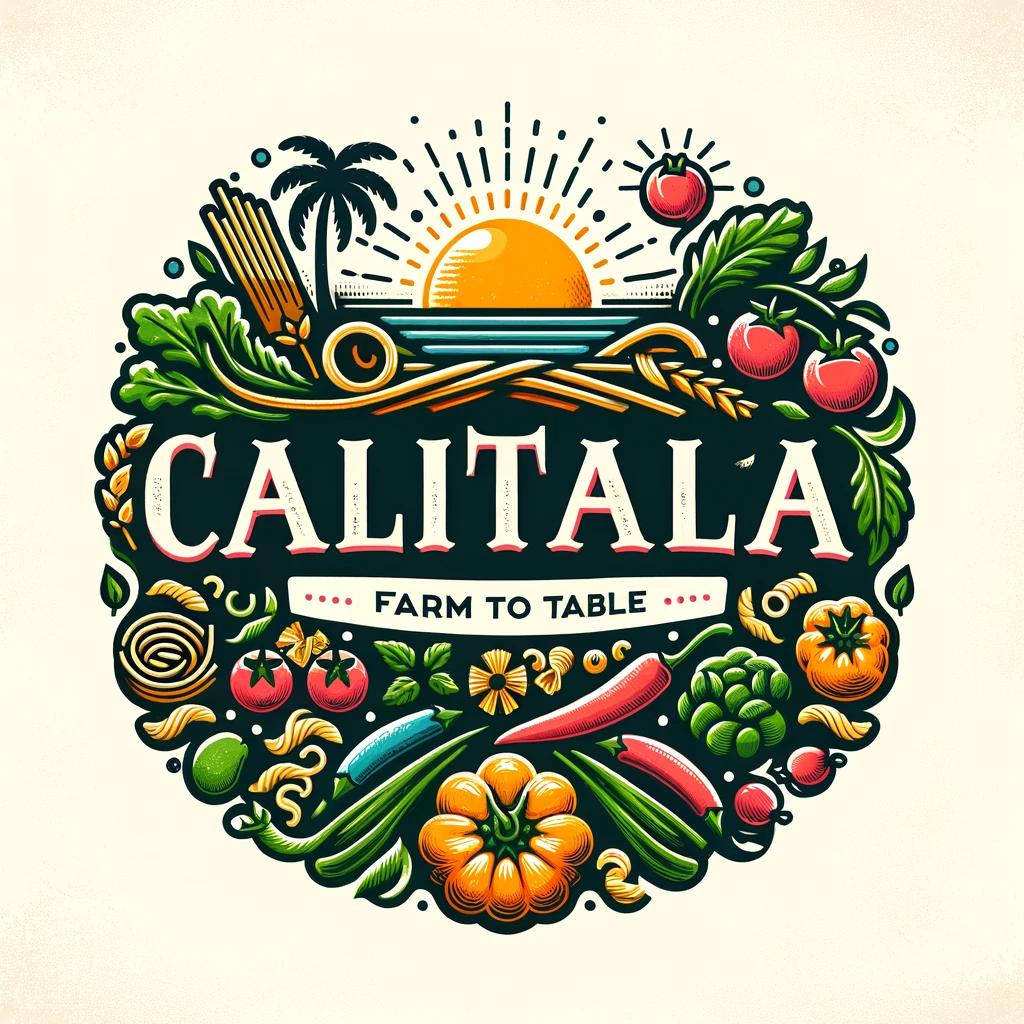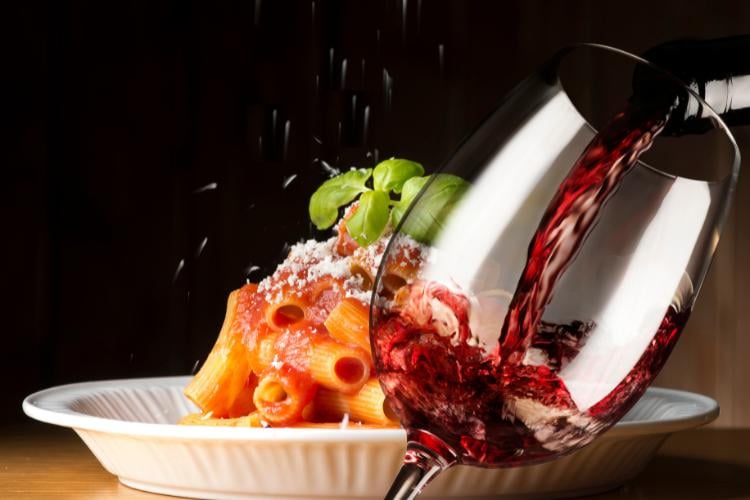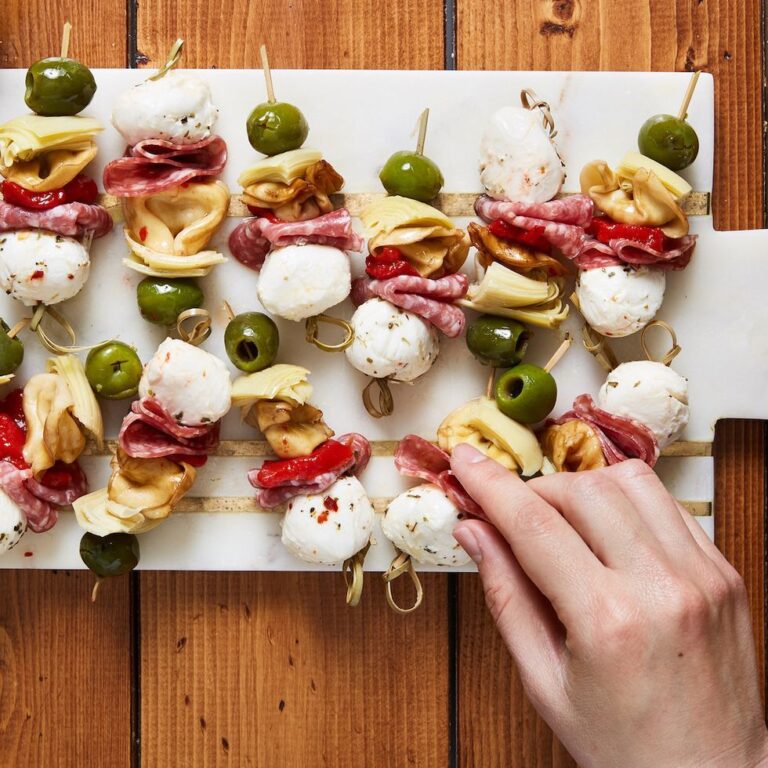Embarking on a culinary journey through an Italian restaurant’s menu can be as thrilling as it is delicious. On this guide you will learn How to order food in an Italian restaurant like a pro. From the moment you sit down, you’re presented with an array of choices, each promising to delight your palate. Whether you’re a seasoned aficionado of Italian cuisine or a newcomer eager to explore, this guide is designed to enhance your dining experience, ensuring every order you make is as satisfying as it is memorable.

Understanding the Italian Menu
Italian menus are traditionally divided into several sections, each representing a part of the meal. Knowing these sections can make your ordering process smoother and more enjoyable.
Antipasti (Starters):
Begin your meal with these light appetizers, designed to stimulate your appetite. Options range from bruschetta, a grilled bread topped with fresh tomatoes and basil, to antipasto misto, a selection of cured meats, cheeses, and pickled vegetables.

Primi (First Courses):
This course typically features pasta, risotto, or soup. It’s where you can indulge in the quintessential Italian pasta dishes, such as spaghetti carbonara or risotto al funghi.

Secondi (Main Courses):
The secondi dishes focus on meat or seafood. Here, you’ll find items like bistecca alla Fiorentina, a large T-bone steak grilled over an open fire, or frutti di mare, a seafood medley in a savory tomato sauce.

Contorni (Side Dishes):
These are served alongside the secondi, allowing diners to customize their meal with vegetables, potatoes, or salads.

Dolci (Desserts):
No Italian meal is complete without a sweet ending. Classic desserts include tiramisu, panna cotta, and gelato.

How to order food in an Italian restaurant: Making Informed Choices
- Allergies and Dietary Restrictions: If you have any dietary restrictions or allergies, it’s crucial to communicate this to your server. Many Italian restaurants are accommodating and can modify dishes to suit your needs.
- Seasonal and Local Specialties: Whenever possible, opt for dishes that utilize seasonal and local ingredients. These choices often offer the freshest flavors and support local producers.
- Portion Sizes: Italian meals are meant to be enjoyed slowly, over several courses. Keep in mind that portion sizes can be generous, especially for primi and secondi dishes. Consider sharing larger plates if you want to experience a wider variety of flavors.
Pairing Food with Wine
A key component of the Italian dining experience is the careful pairing of food with wine. Italy boasts a rich wine heritage, with each region producing varietals that beautifully complement its cuisine.
- White Wines: Lighter dishes, such as seafood or chicken, pair wonderfully with white wines. Look for a crisp Pinot Grigio or a fragrant Vermentino.
- Red Wines: Hearty meat dishes and robust pasta sauces are best accompanied by red wines. A bold Chianti or a velvety Barolo can elevate your meal significantly.
- Ask for Recommendations: Don’t hesitate to ask your server for wine pairing suggestions. They can provide insights into the best matches based on the dishes you’ve selected.
Etiquette Tips
- Bread Usage: Bread is typically served with olive oil or butter for dipping. It’s also customary to use a piece of bread to help guide food onto your fork, known as “fare la scarpetta.”
- Ordering Pace: Italian dining is an experience to be savored. Feel free to take your time when ordering, allowing for pauses between courses to enjoy conversation and the overall ambiance.
- Tipping: While tipping practices vary, it’s generally appreciated to leave a 10-15% gratuity for good service in Italian restaurants.
Exploring Regional Dishes
Italy’s cuisine is as diverse as its geography, with each region boasting its own unique flavors and cooking techniques. When dining in an Italian restaurant, seek out regional specialties to experience the true breadth of Italian cooking.
Northern Italy:
Renowned for its rich, butter-based sauces, risottos, and polenta. Don’t miss trying dishes like Osso Buco alla Milanese from Lombardy or Pesto Genovese from Liguria.
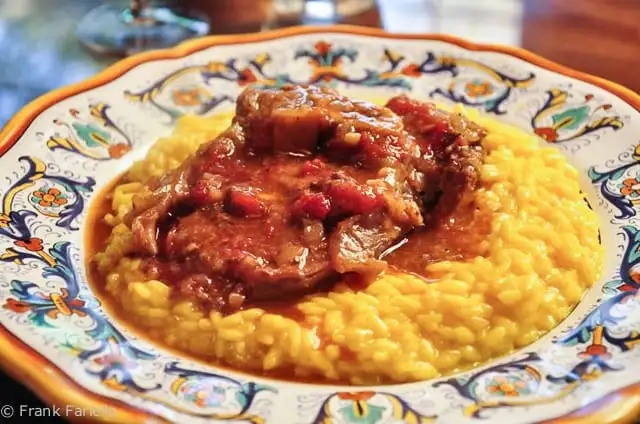
Central Italy:
Home to some of the most classic pasta dishes, including Spaghetti alla Carbonara and Bucatini all’Amatriciana. Tuscany’s rustic stews and roasted meats are also a must-try.
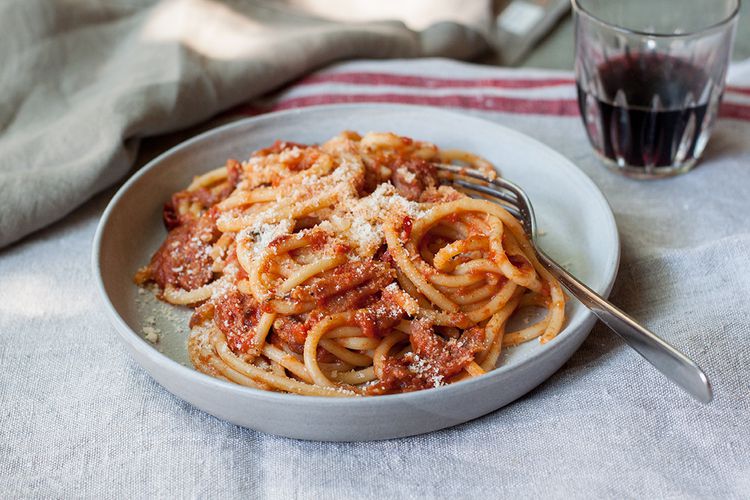
Southern Italy:
Famous for its vibrant, tomato-based dishes and seafood. Indulge in Neapolitan pizza, Caprese salad from Capri, or the spicy Arrabbiata pasta from Calabria.

Savoring Italian Coffee Culture
No Italian meal is complete without a nod to Italy’s storied coffee culture. After your meal, indulge in an espresso or cappuccino.
Remember, cappuccino is traditionally enjoyed only in the morning, so opt for an espresso or a digestive like Limoncello in the evening to follow local customs.

Discovering Italian Desserts Beyond Tiramisu
While tiramisu is a beloved staple, Italian pastry shops, or “pasticcerias,” offer an array of sweets that celebrate Italy’s regional diversity. Sicilian Cannoli, filled with creamy ricotta, or Piedmont’s Gianduja, a hazelnut chocolate, make for a perfect sweet finish. Explore beyond the familiar to discover the richness of Italian desserts.

Italian Dining Etiquette Revisited

Cheese Etiquette: While cheese is a staple of Italian cuisine, it’s not customarily added to seafood dishes. Trust the chef’s judgment and resist the urge to sprinkle Parmesan on dishes where it’s not offered.
Sharing is Caring: Italian dining is inherently social, and many dishes are designed to be shared. Embrace this communal aspect by ordering family-style dishes, allowing everyone at the table to partake in a variety of flavors.
Conversational Pleasures: Italians value the art of conversation as much as the food on their plates. Meals are leisurely affairs, meant for enjoyment and connection. Engage with your fellow diners, and don’t rush through your meal.
Incorporating Italian Food into Everyday Life
Bringing the Italian dining experience into your home can be as simple as adopting the Italian approach to meals: fresh ingredients, simple preparations, and shared with love. Start with easy recipes, like a simple pasta Pomodoro or a Caprese salad, and work your way up to more complex dishes.

Conclusion
Dining at an Italian restaurant offers a delightful exploration of flavors, traditions, and culinary excellence. By understanding the menu structure, making informed choices, and embracing the dining etiquette, you can ensure a truly authentic and enjoyable Italian meal.
Remember, the essence of Italian dining is not just in the food but in the joy of sharing it with others. So, gather your friends and family, and embark on a memorable gastronomic journey through Italy’s culinary delights.
